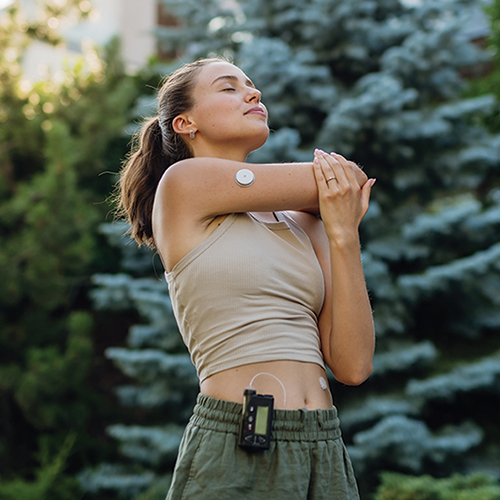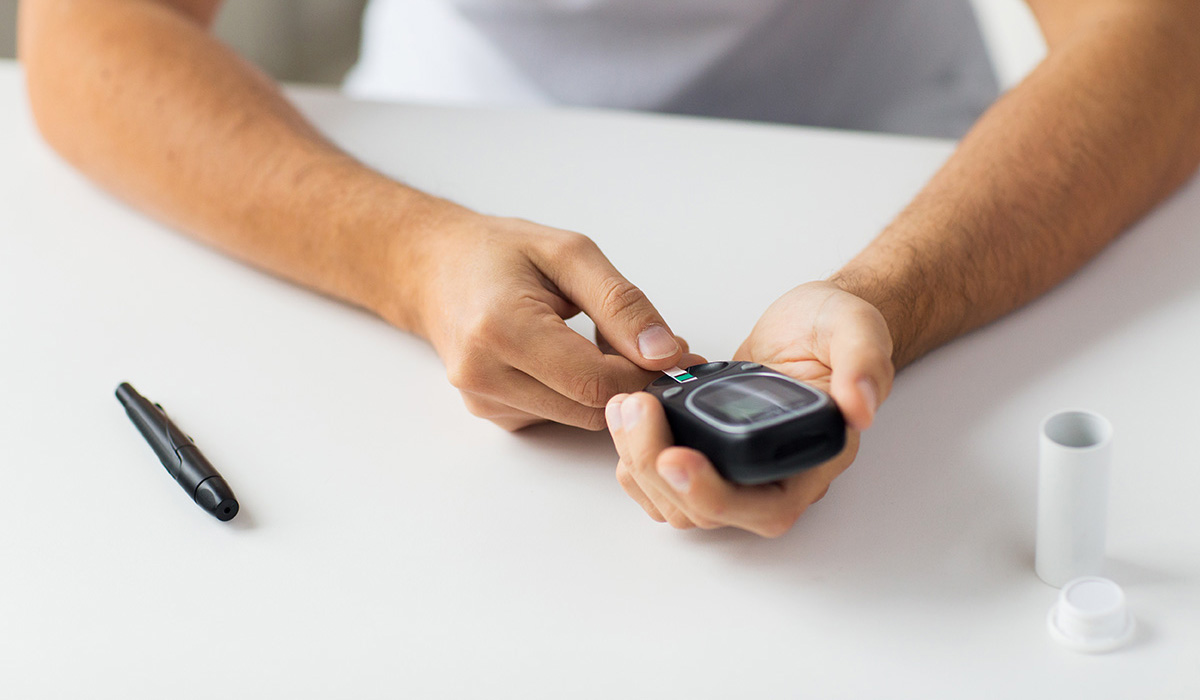December 2017
Continuous glucose monitoring (CGM) is a process that allows someone with diabetes to track their blood glucose continuously throughout the day and night, being notified of highs and lows so they can take action.
Unlike a blood glucose meter (BGM), which provides a single glucose reading, continuous glucose monitors (CGMs) provide near-real-time glucose information every five minutes — up to 288 readings in a 24-hour period. Besides giving the instant and recent readings, most CGMs have an upload feature to view and share reports with the user and their diabetes care team to look at trends to improve diabetes management. CGMs are now being integrated with insulin pumps to allow for instant insulin adjustments based on CGM readings (closed-loop systems), which protect patients from dangerously high or low glucose levels and keep them in a target range.
A small sensor that measures glucose levels is located just underneath the skin. A transmitter, which fits onto the sensor, sends data wirelessly to a display device, a small receiver or compatible smart device that displays near-real- time glucose information.
There are a number of CGM products on the market today. Choosing the best one for you depends, in part, on your insulin-delivery method. Do you use an insulin pump? If so, which kind? Talk with your doctor or diabetes educator about whether a CGM system is a good choice for you and, if so, which type of system would best fit your needs.
Depending on the type of CGM system you use, you may need to calibrate your CGM with finger sticks to make sure it continues to provide accurate information.
Source: American Diabetes Association; Dexcom.com



